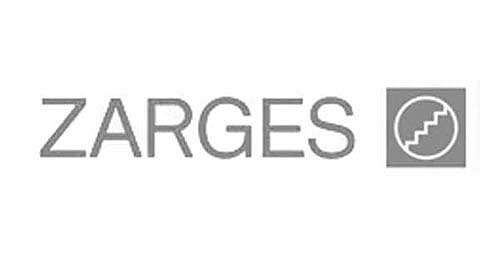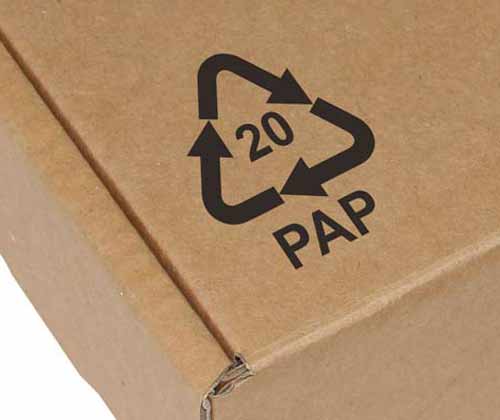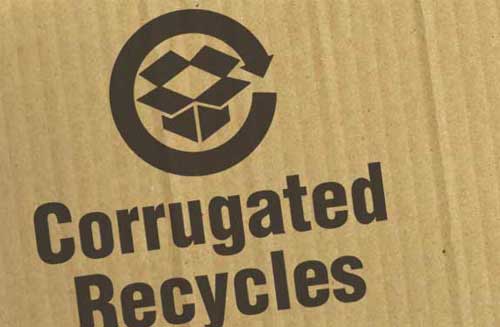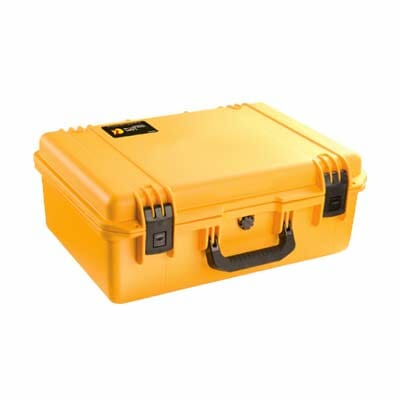Producer Responsibility Obligations
Does it affect your business?
The Producer Responsibility Obligations (Packaging Waste) Regulations 2007 were created as the original principle that businesses placing packaging on the UK market were to take responsibility for the waste that they were generating.
These regulations stated that if your business was UK-based, had a turnover of more than £2 million and produced, used, or sold packaging products, you needed to register for the Producer Responsibility Obligations and purchase Packaging Recovery Notes (PRNs) to ensure that your business was paying a fair proportion of packaging recovery and recycling costs.
However, in 2023, the Extended Producer Responsibility (EPR) legislation was phased in, essentially replacing the Producer Responsibility Obligations. This new legislation aims to further increase recycling by making packaging producers responsible for household packaging recycling and recovery costs. Extended Producer Responsibility reporting also requires additional detail regarding packaging data.
Even if these new regulations don’t affect you, it is still wise to complete a packaging audit, as reviewing your packaging use can help you reduce the volume you use and your carbon footprint.
In this guide, we’ll provide a full explanation of what these regulations are. Plus, it also shows how to check if it affects your business and the steps to take if it does.
Contents
What are the regulations?
Explanation of the current Packaging Waste Regulations
So, with the Extended Producer Responsibility (EPR) legislation effectively replacing the old Producer Responsibility Obligations regulations. The Packaging Waste Regulations now encompass a range of packaging regulations aimed at reducing environmental impact caused by packaging waste. These regulations aim to increase recycling rates and incentivise sustainable packaging design by passing the financial responsibility of packaging waste disposal onto producers rather than local councils and taxpayers.
Regulations that exist today that encompass packaging waste regulations are as follows:
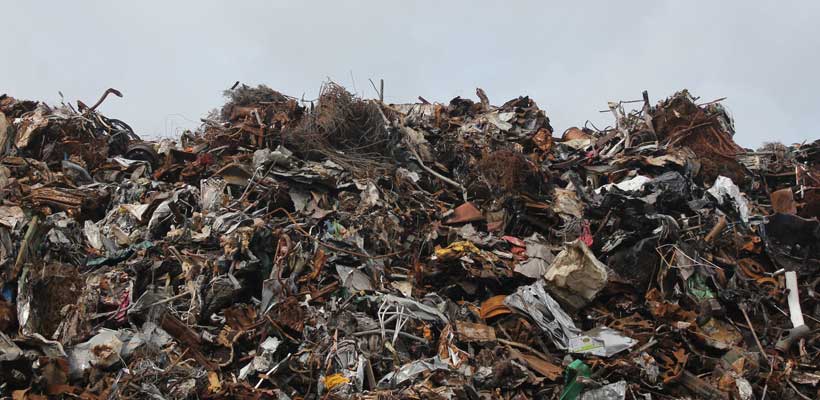
Extended Producer Responsibility (EPR)
The Extended Producer Responsibility legislation, phased in from 2023, makes organisations significantly more responsible for the recovery and recycling costs of their packaging. The variable fees introduced under the scheme aim to encourage the use of more easily recyclable materials. Businesses affected may need to report their packaging use, pay fees, and purchase Packaging Waste Recovery Notes (PRNs).
You can find out more about the Extended Producer Responsibility (EPR) legislation from our guide.
The Recycling Assessment Methodology (RAM)
The Recycling Assessment Methodology, officially published in 2024, is a new methodology that is a part of the Extended Producer Responsibility legislation. It ensures that businesses will contribute fairly to waste management costs based on the recyclability of their packaging.
Real-world packaging data from waste management facilities will be used to assess the effectiveness of packaging materials in being collected, sorted, and reprocessed into new products, and this will set compliance fees based on their recyclability.
You can find out more about how the Recycling Assessment Methodology (RAM) works in our guide.
Packaging Waste Recovery Notes (PRNs/PERNs)
Packaging Waste Recovery Notes (PRNs) are a type of certificate issued by accredited preprocessors and exporters that provides evidence of the recycling of packaging waste.
They were initially formed as part of the Producer Responsibility Obligations regulations in 2007; however, even with the introduction of the Extended Producer Responsibility legislation, PRNs remain essential in the transition phase. While the legislation shifts more of the cost burden onto producers, the PRN system still provides the practical mechanism to evidence recycling performance. This means:
- Businesses under EPR may still need PRNs to demonstrate recycling compliance until EPR is fully embedded.
- PRN prices fluctuate based on supply and demand for recyclable material, so businesses face cost variability.
- Funds raised from PRNs/PERNs continue to support investment in the UK recycling infrastructure and capacity.

The Plastic Packaging Tax
In April 2022, HMRC introduced the Plastic Packaging Tax. The tax covers plastic packaging products that do not contain at least 30% recycled content and targets both UK producers and importers of plastic packaging. It also covers packaging that is already “filled” when imported into the UK.
The tax provides a clear economic incentive for businesses to use recycled plastic material in their packaging, which should create a greater demand for recycled plastic material and stimulate increased levels of recycling and collection of plastic waste.
You can find out more about the Plastic Packaging Tax in our beginners’ guide.
Packaging (Essential Requirements) Regulations 2015
The Packaging (Essential Requirements) Regulations set out rules to ensure that packaging placed on the UK market is designed with waste reduction and sustainability in mind. They require that:
- Packaging must be minimised by volume and weight whilst maintaining safety, hygiene and standards.
- Packaging must be designed so it can be reused, recovered, or recycled where possible.
- Hazardous substances like heavy metals are restricted to prevent environmental harm.
These regulations may be separate from Packaging Waste Regulations, but they do work hand-in-hand with them. While current Packaging Waste Regulations focus on how businesses fund and report the recovery and recycling of packaging waste, the Essential Requirements address the design stage by ensuring that packaging is not excessive and can be managed sustainably at the end of life.
In the current landscape, this link is more important than ever, with Extended Producer Responsibility fees now influenced by recyclability through the Recycling Assessment Methodology. If businesses fail to design their packaging in line with the Essential Requirements, they risk facing higher costs under the Packaging Waste Regulations.
Responsibility
Who is responsible?
Responsibility depends on whether your business is classed as an “obligated producer”. Under the old Producer Responsibility Obligations, this meant UK businesses with a turnover of more than £2 million and handling more than 50 tonnes of packaging per year.
With the introduction of Extended Producer Responsibility, the scope has widened. Now, businesses may be responsible if they:
- Manufacture, import, or fill packaging that ends up with consumers.
- Supply packaged goods under their own brand.
- Import packaged products into the UK for sale.
Those that are obligated are then split by large producers and small producers, which will affect your fees from there. The responsibility sits with businesses that place packaging on the market, not with consumers or local authorities. Obligated companies must ensure compliance by reporting accurate packaging data, funding waste management through fees, and, in some cases, purchasing PRNs.
Process
How the Packaging Waste Regulations work
In practice, the regulations work by placing the cost of packaging waste management onto businesses rather than taxpayers. Producers are required to:
- Record their packaging data, including the amount and type of packaging they place on the market.
- Contribute to recovery and recycling costs, either through PRNs/PERNs, or EPR fees.
- Design packaging responsibly, meeting requirements set by the Essential Requirements regulations to minimise environmental impact.
Registration
How to register your business
If your business meets the criteria, you must register either:
- Directly with the regulator (e.g., the Environment Agency in England), or
- Through a compliance scheme that manages obligations on your behalf.
Registration deadlines and reporting windows are strict, and penalties can apply for late or incomplete compliance. Many businesses find it easier to work with a compliance scheme, which handles PRN purchasing, data submission, and any updates on regulatory changes.
Data requirements
Information you need
Data requirements have expanded under Extended Producer Responsibility, and businesses must now provide more detailed information on:
- Packaging materials (plastic, glass, aluminium, steel, paper/card, wood).
- Packaging type (household vs. non-household)
- Recyclability of materials
- Imported and exported packaging
This detailed reporting allows regulators to calculate accurate compliance fees based on recyclability and ensures that costs are fairly distributed among producers.
Targets
Packaging recycling targets
Recycling targets are set annually by the government and vary by material. For example, higher targets generally apply to materials like aluminium and glass, where recycling rates are already strong, while plastics remain more challenging.
Under Extended Producer Responsibility and the Recycling Assessment Methodology, future targets will continue to rise as the UK aims to meet circular economy and net zero commitments. This means businesses should expect increasing pressure to design recyclable packaging and reduce reliance on hard-to-recycle materials.
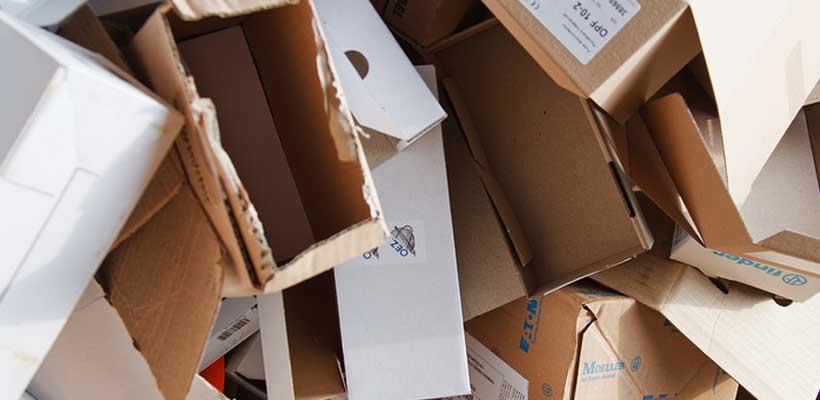
| Material | 2025 | 2026 | 2027 |
|---|---|---|---|
| Paper / Board | 75% | 77% | 79% |
| Glass | 74% | 76% | 78% |
| Aluminium | 61% | 62% | 63% |
| Steel | 80% | 81% | 82% |
| Plastic | 55% | 57% | 59% |
| Wood | 45% | 46% | 47% |
Recycling targets taken from the government website.
Success
Are the regulations working?
Since the original Producer Responsibility Obligations were introduced, the UK has seen steady improvements in packaging recycling rates, with PRNs providing vital funding for reprocessors and exporters. The transition to Extended Produce Responsibility builds on this foundation by shifting more of the financial and operational responsibility for packaging waste onto producers. This approach is already starting to change how businesses design packaging, collect data, and account for their environmental impact.
International evidence suggests that EPR schemes can deliver significant results. In countries like Germany, Japan, and South Korea, packaging recycling rates have increased dramatically, with some materials such as PET bottles reaching recovery levels above 90%. These examples demonstrate how linking producer costs directly to recyclability not only improves recycling outcomes but also stimulates innovation and investment in waste management infrastructure.

However, challenges remain. The UK still faces issues with fluctuating PRN prices, varying levels of consumer participation, and the risk of businesses failing to meet obligations without strong enforcement. Yet, it remains clear that the combination of these packaging regulations is pushing the system towards a more circular economy. While it is still too early to judge the full impact, the evidence here and around the world shows these regulations are creating the pressure and incentives needed to make packaging more sustainable in the long run.
Summary
Complying with the Packaging Waste Regulations
Today’s Packaging Waste Regulations have evolved considerably since first being introduced. What started as a system based around PRNs has now developed into a broader framework under Extended Producer Responsibility, among a variety of supporting regulations. Today, businesses must not only fund recycling through fees and PRNs but also consider the recyclability and design of their packaging from the outset.
Alongside Extended Producer Responsibility, measures like the Plastic Packaging Tax and the Packaging (Essential Requirements) Regulations work together to reduce waste, increase recyclability, and encourage producers to take ownership of their environmental impact. These overlapping policies mean that businesses need to look at packaging more holistically, considering not only cost and compliance but also sustainability and future resilience.
The direction is clear: producers are now expected to play a leading role in building a circular economy for packaging. Those that adapt early by investing in sustainable designs and materials and accurate reporting systems, will stay compliant and place themselves ahead of the curve as the UK continues to tighten its approach to packaging waste.
Share this article
Further reading
About the author

David is responsible for driving improvements in sustainability at GWP and the wider Macfarlane Group, having previously performed a similar role for Zero Waste Scotland.
Featured products
View the packaging in this guide
Get in touch
Here to help
Related guides
Environmental advantage
Free PDF download
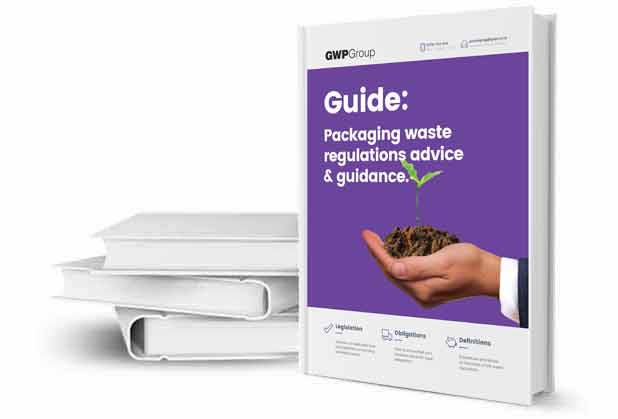
Packaging Waste Regulations checklist
Get your free guide for all the info you need to comply with the Packaging Waste Regulations.







